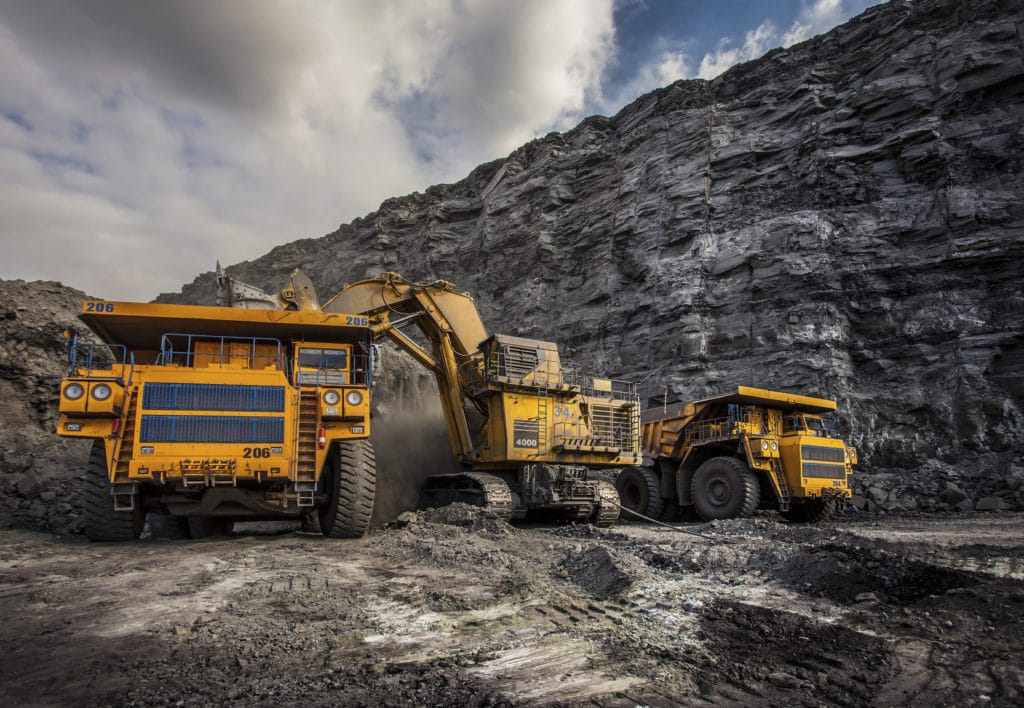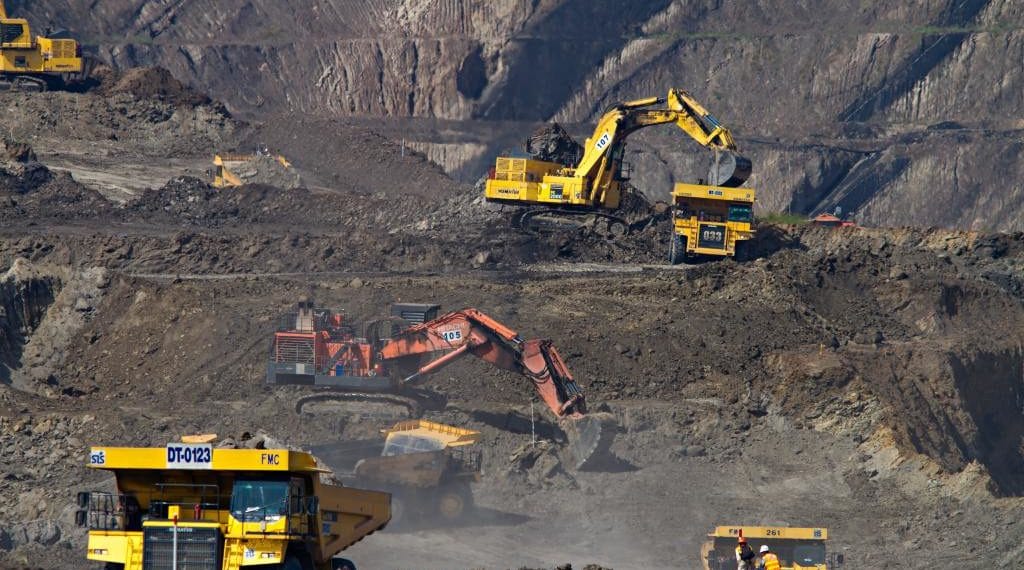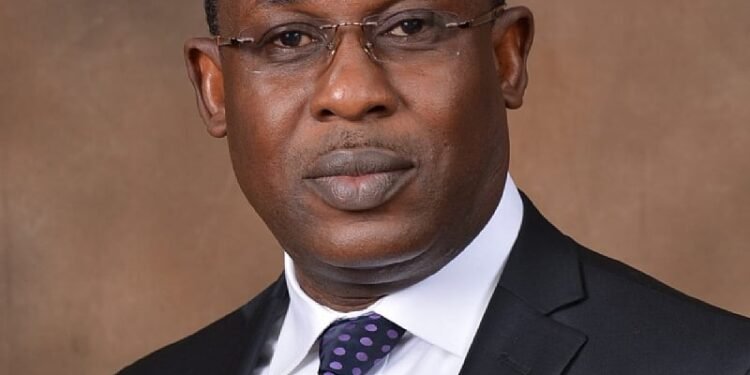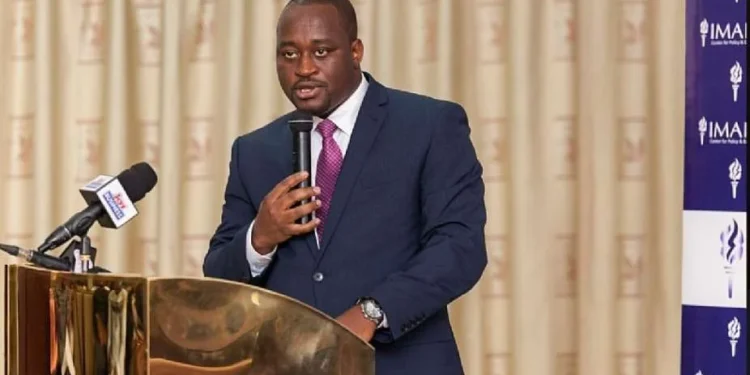Ghana, a major gold producing country was among the largest recipient of funding for mineral exploration projects, surpassing the previous year’s funds by 22.58 per cent to US$104 million in 2021, according to the Ghana Chamber of Mines report.
Measured by mining company’s exploration budget allocation, Ghana ranked third among countries in the region, unseated by Mali and Burkina Faso, taking first and second position respectively.
In 2019, Ghana came second, in expenditure on mineral exploration following Burkina Faso which saw company exploration budget of US$132 million as against US$98.6 million to Ghana in the same year. This represents a sustained decline in funds channeled into exploration projects in the country.
The Chamber has in recent times, raised concerns about the high cost of exploration projects in the country, and have called for the establishment of an incentive scheme to tackle the high cost of exploration and attract the required investments into the mining sector.
Funding for exploration projects in Mali represented a share of 18.41 per cent of the total budget for the continent in 2021. This is against the backdrop of an increase in earmarked exploration funds from US$95 million in 2020 to US$ 127 million in 2021. Burkina Faso’s exploration purse increased by 34.14 per cent to US$ 124 million in 2021.
Overall, the total expenditure on gold exploration projects in Africa improved from US$590 million in 2020 to US$689 million in 2021, representing an increment of 16.85 per cent.

Steep Decline in Output
According to the report, Ghana suffered a string of steep declines in the outturns of production and purchases of its traditional minerals, with manganese and diamond being the outliers.
“A combination of concurrent reductions in the output of both large and small-scale gold producers led to a 29.92 per cent fall in the production of the country’s dominant mineral, gold. The volume of gold attributable to producers in Ghana declined from 4.022 million ounces in 2020 to 2.818 million ounces in 2021, the lowest level of output since 2008.”
Ghana Chamber of Mines
The large-scale sub-sector’s contribution to national gold production decreased from 2.847 million ounces in 2020 to 2.720 million ounces in 2021, representing a downturn of 4.44 per cent.
In terms of revenue, which is considered the elephant in the room, total direct domestic fiscal contributions of the producing member companies of the Chamber increased from GHS3.973 billion in 2020 to GHS 4.611 billion in 2021.
A breakdown of the revenue items show that taxes paid on the profits of producing member companies, as corporate income tax, increased from GHS 2.333 billion in 2020 to GHS 2.547 billion in 2021, representing a 9.15 per cent rise in corporate income tax receipts.
Likewise, the value of mineral royalties attributable to the producing member companies of the Chamber rose by 37.57 per cent to GHS1.536 billion in 2021 from GHS1.116 billion in 2020. Mineral royalty payments accounted for 33.31 per cent of gross fiscal receipts of the producing member companies.
“The upswing in mineral royalty, which is an impost on gross mineral revenue, was mainly due to the expansion in mineral revenue of most producing member companies. In turn, the increase in mineral revenue was a function of growth in the price of gold and output.”
Ghana Chamber of Mines
The personal income tax, or pay-as-you-earn (PAYE), improved by a marginal 0.85 per cent to GHS 0.528 billion in 2021 from GHS 0.523 billion in 2020. The subdued growth of PAYE was partly a reflection of the ebb and flow of employment in the mining sector.
However, the contribution of producing member companies of the Chamber to total direct domestic revenue declined from 18.1 per cent in 2020 to 16.48 per cent in 2021. This was attributed to the fact that the growth rate of government revenue exceeded that of the fiscal payments of member companies, the Chamber said.
READ ALSO: Workers’ Group Describes Decision to Seek an IMF Bailout as a “Tragic Mistake” for Ghana























